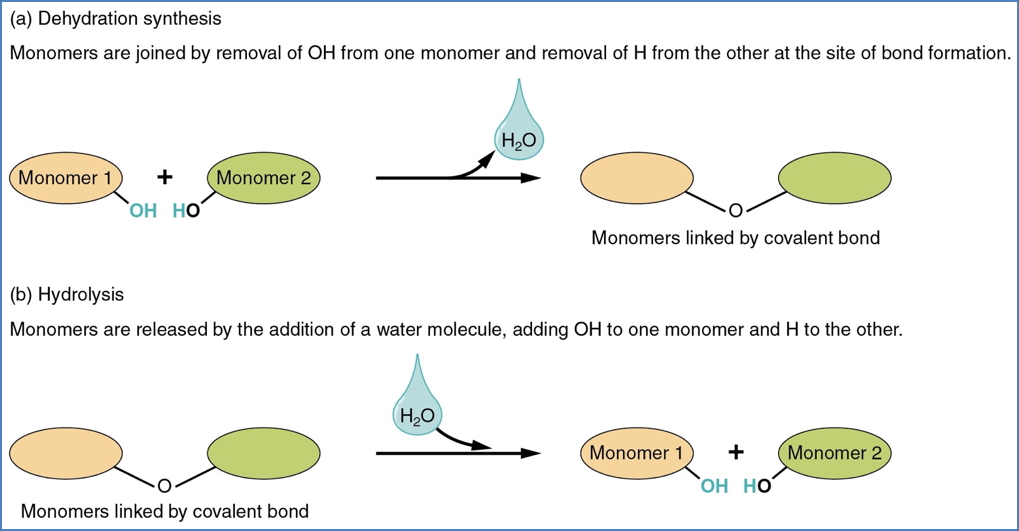Table of Contents
Overview – Lipids and Fats
Lipids and fats are a diverse class of hydrophobic biological molecules critical to human physiology. Unlike carbohydrates and proteins, lipids do not dissolve in water and play structural, metabolic, and regulatory roles in the body. From building cell membranes to storing energy and producing hormones, lipids are essential for maintaining cellular integrity and systemic health. This article outlines the types, functions, and molecular features of lipids relevant to clinical biochemistry and human biology.

Definition
Lipids are organic molecules composed primarily of hydrocarbons, making them non-polar and insoluble in water. They include a wide range of compounds such as fats, oils, waxes, phospholipids, and steroids.
Functions of Lipids
Lipids are essential to the body due to their broad range of biological roles:
- Structural: Main component of cell membranes (lipid bilayer)
- Hormonal: Act as chemical messengers, especially steroid hormones
- Energy: Serve as both long-term energy storage (triglycerides) and energy sources (fatty acids)
- Vitamin Solubility: Aid absorption of fat-soluble vitamins (A, D, E, K)
- Insulation & Protection: Cushion organs (e.g. kidneys, heart), reduce heat loss
- Barrier Formation: Found in skin oils, earwax (cerumen), and other protective secretions
Major Types of Lipids
1. Fatty Acids
- Long hydrocarbon chains ending with a carboxyl group (–COOH)
- Saturated Fatty Acids:
- No double bonds
- Straight chains → Pack tightly
- Solid at room temperature
- Unsaturated Fatty Acids:
- One or more double bonds
- Kinked chains → Pack loosely
- Liquid at room temperature
2. Triglycerides
- Composed of 3 fatty acids bonded to 1 glycerol molecule
- Bonded via ester linkages formed through dehydration synthesis
- Primary energy storage molecule in animals

3. Steroids
- Characterized by four carbon ring structures
- Cholesterol is the base steroid
- Precursor for sex hormones (e.g. oestrogen, testosterone)
- Found in membranes, contributing to fluidity and function

Synthesis and Breakdown of Lipids
Like other macromolecules, lipids are formed and broken down through key reactions:
Dehydration Synthesis
- Joins fatty acids to glycerol by removing water
- Forms ester bonds
- Used in triglyceride formation
Hydrolysis
- Breaks ester bonds using water
- Releases individual fatty acids and glycerol
- Occurs during lipid digestion and energy mobilization

Summary – Lipids and Fats
Lipids and fats are crucial hydrophobic molecules in human biology, playing structural, metabolic, and regulatory roles. With forms ranging from fatty acids and triglycerides to cholesterol and steroid hormones, lipids are central to cellular function, energy metabolism, and homeostasis. For a broader context, see our Cell Biology & Biochemistry Overview page.